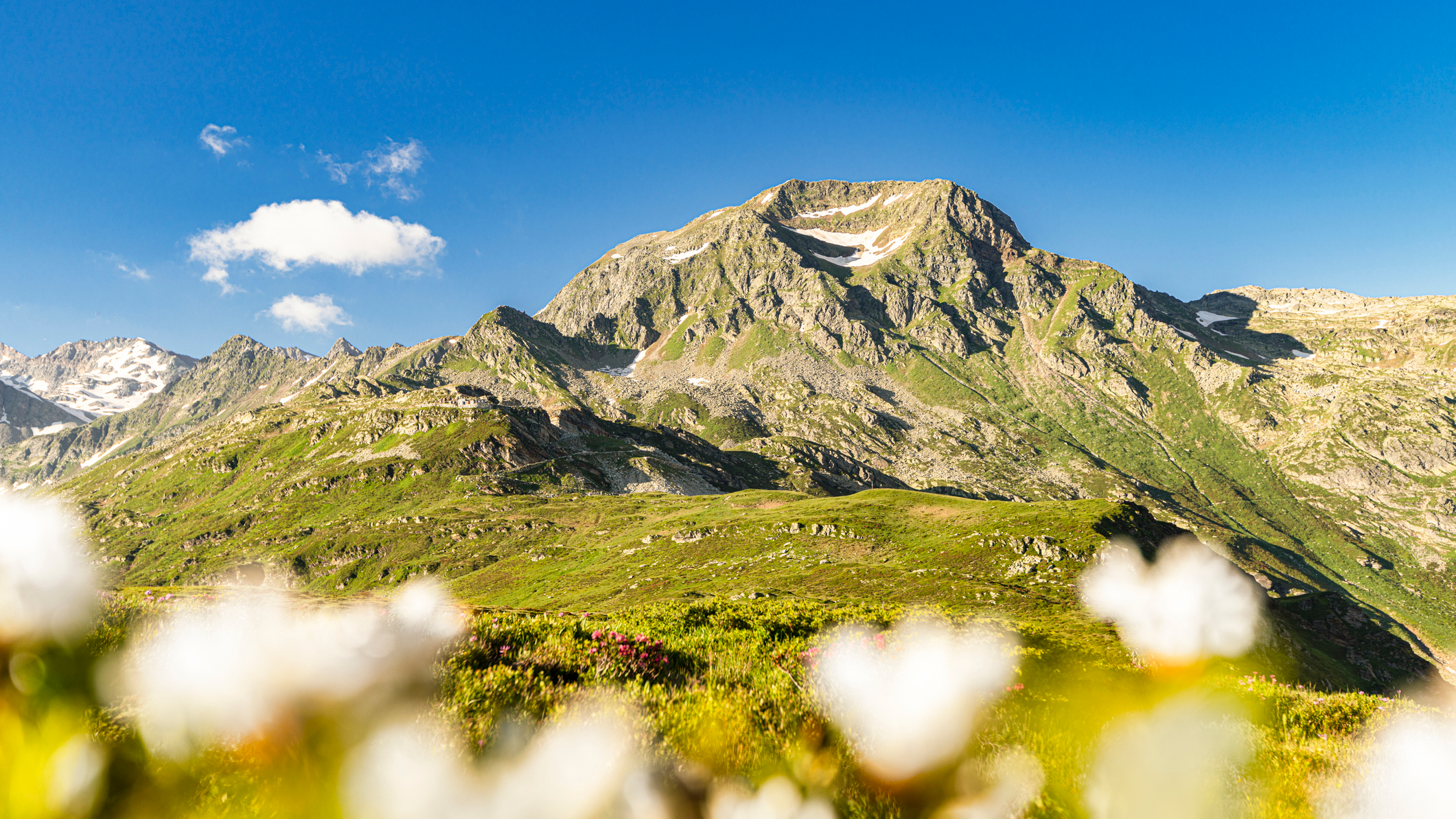Mountain rescuers teams scour the Italian Alps for British hiker who went missing five days ago, after texting a friend to say he'd lost the trail
The 33-year-old hasn't been hasn't been heard from since getting in contact with a friend to say he'd become lost and was taking a break

A large-scale search is underway in the Italian Alps following the disappearance of a British hiker.
Matthew Hall, 33, disappeared in the mountains of the Valchiavenna region on July 9, after texting a friend to say he'd lost the trail and stopped to rest. He'd arrived in the area a few days prior with solo hiking plans, asking for directions to local trails at the B&B where he was staying.
Alarm bells were raised on July 11 when he failed to check out of the lodgins. Hall hadn't been seen at breakfast, but staff had assumed he had set off for an early morning trek.
Search and rescue efforts around his last known location began on July 13, the same day Hall was due to return to the UK.
Posted by missingpeopleitaly on
Valchiavenna is a breathtaking region of the Italian Alps, located in the Lombardy region of Northern Italy. Due to its alpine location, the region is a popular spot for hikers, who can take advantage of multiple short and multi-day routes.
Despite its popularity, conditions in the surrounding mountains can be unforgiving, with plenty of steep ascents and tricky underfoot terrain.
Solo hiking advice
Hiking on your own can be a fun and freeing experience, but it can also be dangerous if not done properly. If you're keen on the idea, check out our expert tips for a safe and enjoyable trip.
All the latest inspiration, tips and guides to help you plan your next Advnture!
- Learn to navigate - Navigation is a crucial skill to master if you're heading off for a solo trek. You can use a trustworthy navigation app or GPS watch, but you should also take a map and compass and learn how to use them in case technology fails you.
- Take a GPS locator - If you're unfortunate enough to get lost, you need to have a way of letting others know where to find you. Trustworthy GPS devices like the Garmin InReach use satellites to track your whereabouts wherever you are in the wilderness and can be the difference between life and death on the trails.
- Wear the right kit - Make sure you're equipped for whatever conditions you come up against with the proper clothing. In the summer, this will include a waterproof jacket, breathable layers, and protection from the sun. In the winter months, you'll need to pack insulating gear like a reliable down jacket and warm hat.
- Wear proper footwear - Ensure that you're ready for treacherous underfoot conditions with a grippy pair of hiking boots or shoes. The best models will have large, dynamic lugs that dig into tricky terrain to keep you from falling.
- Take medical supplies - A good first-aid kit can go a long way in the wild and come in extremely handy if you suffer an injury as you hike.
- Bring plenty of food and water - Hiking can be a sweaty business, so bring more water than you think you need and stock up on salty snacks to replace lost electrolytes.
For more solo hiking tips, check out our extensive expert guide.
- The best trekking poles: take the pressure off when you're out on the trails
- The best hiking backpacks: from the lightest daypacks to sturdy alpine haulers

Will Symons developed his love of the outdoors as a student, exploring every inch of Sussex’s South Downs national park and swimming off the Brighton seafront. Now a staff writer for Advnture, Will previously worked as a freelance journalist and writer, covering everything from cricket to ancient history. Like most Advnture staff, Will’s free time is rarely spent indoors, he can often be found hiking, open water swimming or playing cricket.
